Pricing is a hot, and often scary, topic! It feels like a daunting task to come up with a photography pricing structure and often there isn’t anyone to help with that!
I was very lucky at the start of my journey that I had people around me who could help me. If that’s not you, don’t worry — that’s what this post is for!
This post is the first in a series of three.
Food Photography Pricing Part 1 in a Nutshell!
In this edition, my aim is to set you up for thinking about your pricing. A lot goes into coming up with a price. The three main things we are going to cover are:
- Who are your ideal clients?
- How much do you want to earn each year?
- Pricing Influences
To lay the foundation, I’m going to get you thinking about three important questions:
Let’s dive in!
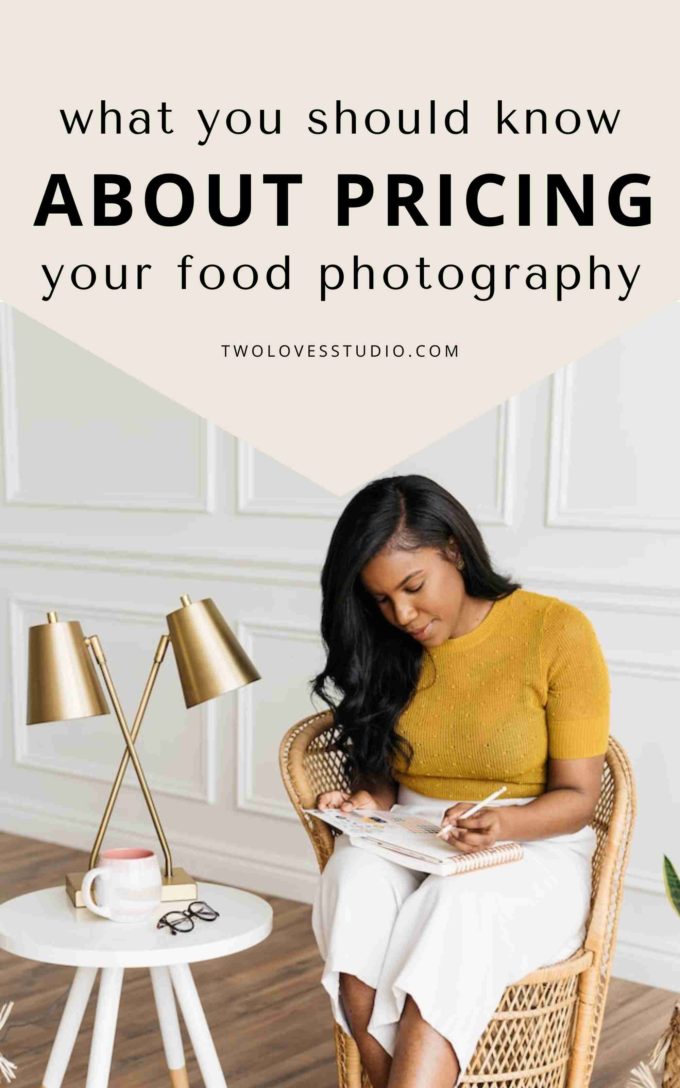
Getting Started: The Two Questions to Ask Yourself
Now that you’re ready to start tackling your food photography pricing, there are two questions that you need to ask yourself:
Who are your ideal clients and how much would you like to earn per year?
Let’s explore these ideas a bit more.
Who Are Your Ideal Clients?
Take a moment to think about who your ideal clients are, both now and in the immediate future.
The client list that you come up with should match your current set of skills. This is an ever-expanding task, so you can always add bigger clients to this list down the track.
Things to ask yourself are:
- Is your ideal client in a certain niche?
- Are they a small, boutique or large well-known brand?
- Will they want editorial, product or commercial-type images?
- What sort of images do you want to create or projects do you want to work on?
- How often will you ideally work with them?
Being as specific as possible with your questions will help you to create a solid idea of what sorts of clients you’re looking to work with. This will shape your photography pricing.
ACTION:
Make a list of your ideal clients. Get as specific as writing down brands or names of magazines etc.
Don’t let those thoughts creep into your head that you’re not good enough to work with the people you want to.
How Much Do You Want To Get Paid Per Year?
Now I know this can be an arbitrary question, but how much do you want to make per year?
It might be unrealistic to think that we can replace a full-time salary in the first year of freelancing.
Good questions to ask yourself are: How much would you need to make to maintain your lifestyle? Or what do I need to contribute to my household to keep a roof over our heads?
ACTION:
Write down the figure you want to get paid per year.
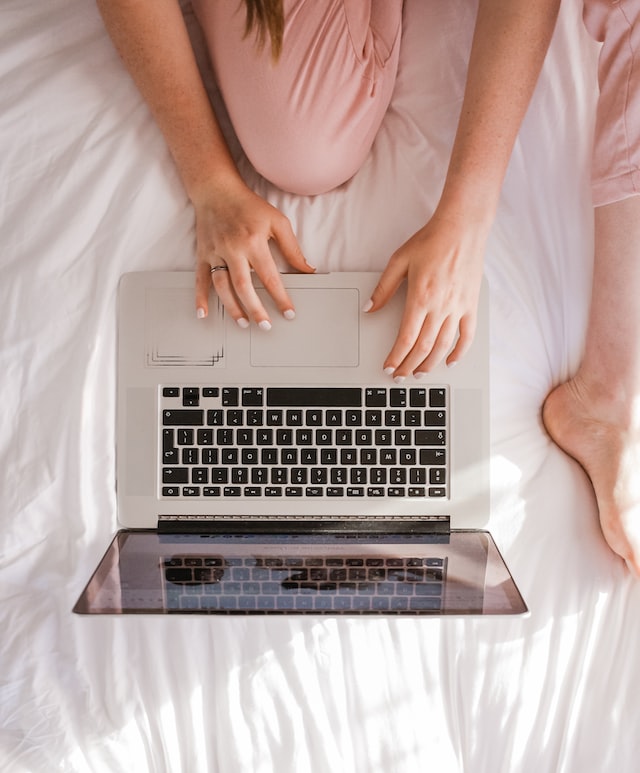
Factors that Influence Food Photography Pricing
Despite what you might think, your price isn’t solely a reflection of how good your work is. Shocking I know.
The following factors will play a role in determining your price:
- The quality of your work
- Perceived value of your work
- Your confidence level
- Competition
Some of these aren’t tangible and therefore subjective. This makes pricing hard. Let’s cover these more in-depth.
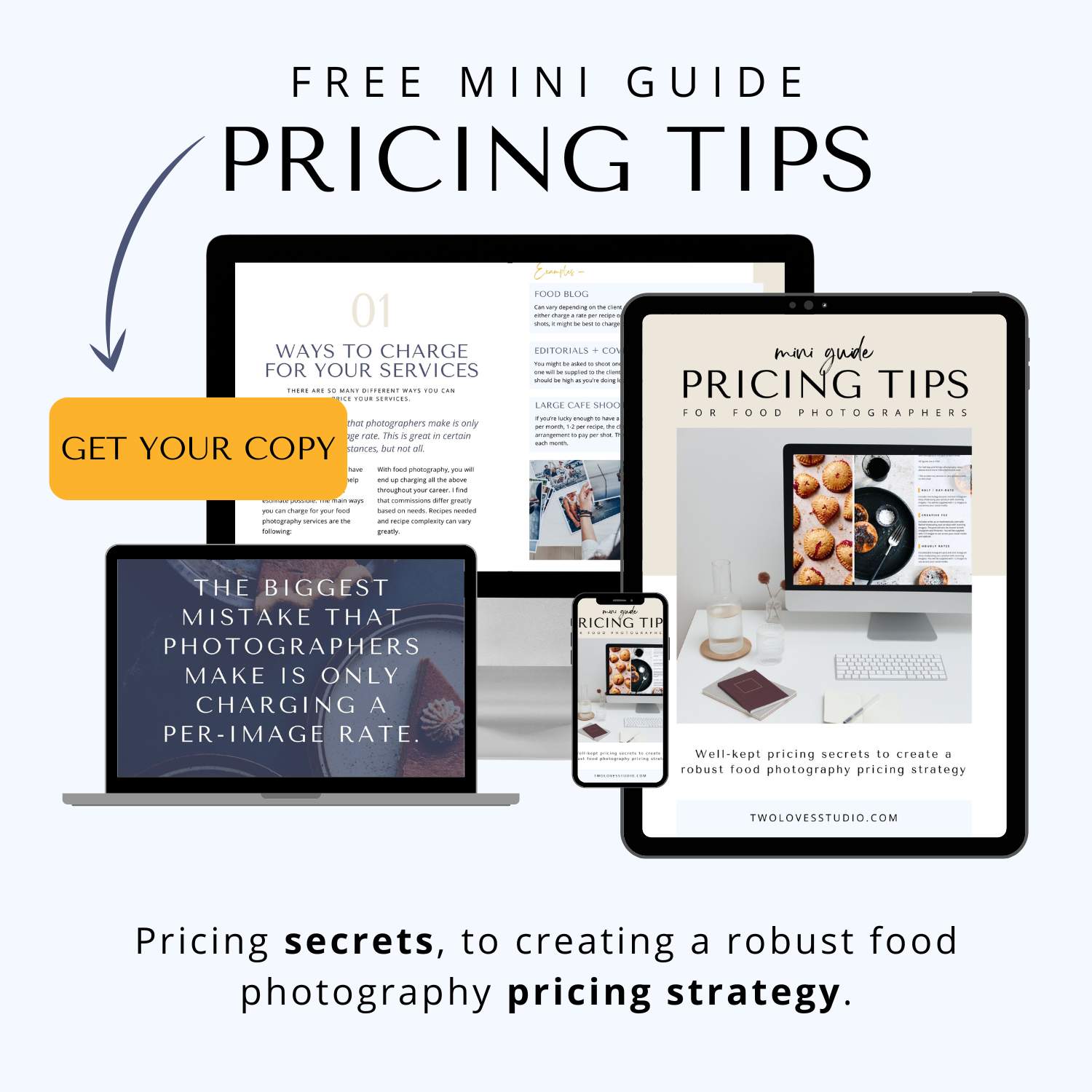
The Quality of Your Work
Some might say this reads as ‘how good are you at photography’? But what we’re really asking is what is the quality of your:
- Images
- Lighting, gear, props
- Food styling skills
- Editing
- Business skills
Another way to put it is at what stage are your business or skills? Beginner, intermediate or advanced? How long does it take you to do a shoot?
One of the reasons a beginner charges less is because it takes them longer to do a photoshoot. As you get quicker, and your quality goes up, you will charge more.
ACTION:
Think about the quality of your current work. Does it match your current ideal client?
Perceived Value of Your Work
Perceived value is the worth of a product or service in the mind of the client.
This value will influence the amount the client is willing to pay for your products and services. A lot of the time some clients won’t understand just how much work goes into creating an image or they aren’t able to see the benefits quality photography will provide to their business.
What do you perceive the value of your work to be? Will the client see that value as well?
Getting these two to match up is an important factor in effective food photography pricing.
ACTION:
Think about what you perceive the value of your work to be. Does it match the quality of your work and your current ideal client?
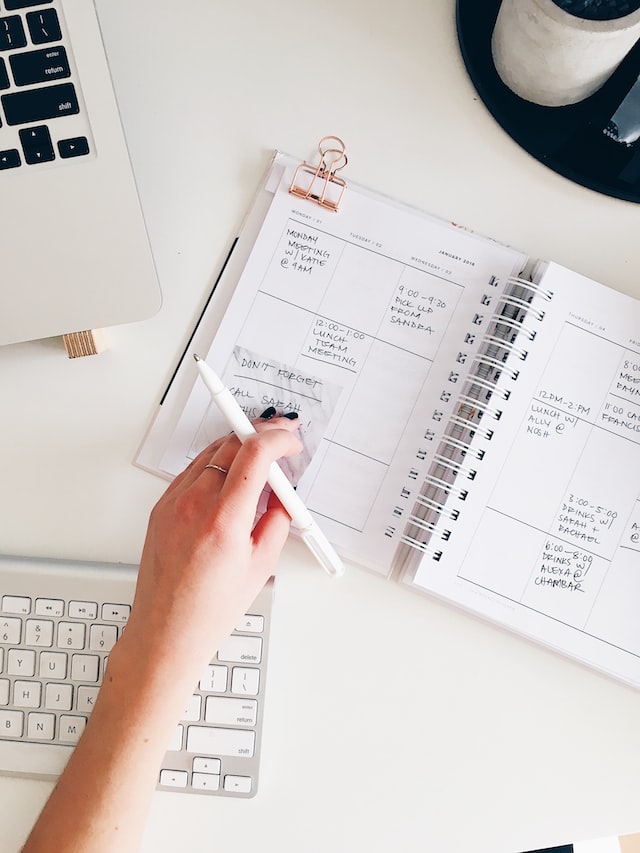
Your Confidence Level
Confidence in terms of pricing for me comes down to two things, how confident you are as a photographer and how confident you are with your price.
As you get further into your freelancing career, you’ll have a better understanding of your costs, your time investment and what you should be paid.
You’ll be able to speak more confidently about why you are worth what you charge.
You’ll start to complete jobs more quickly. This is when your price per hour, per image or per concept, will rise.
As you get more jobs under your belt, you’ll be able to tackle these issues and get results faster.
ACTION:
On your next shoot (paid or love project), write down every task you did to complete the job and how long each took you.
The Competition
It is hard to know what your competitors charge, I know, but your clients are most likely comparing your photography pricing with theirs and matching that to their perceived value — yikes!
At the end of the day, your work and style are what sets you apart from your competitors. If the client wants your work they will (hopefully) be open to trying to find ways to make it work where you both win.
I try not to focus on what others are offering. We all have different perceived values and overheads. We have different goals and different styles.
ACTION:
Can you find out what your competitors charge? If so, write down their prices and what that includes.
Next up, we’re going to get into the nitty-gritty of those ‘numbers and figures, go through an example and I’ll even provide you with the template I use for my food photography pricing.

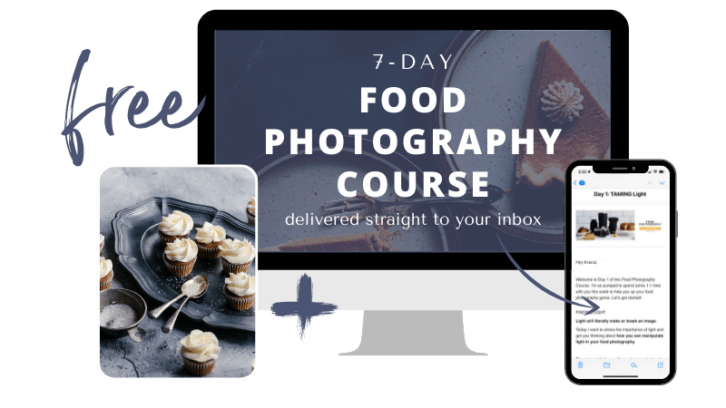

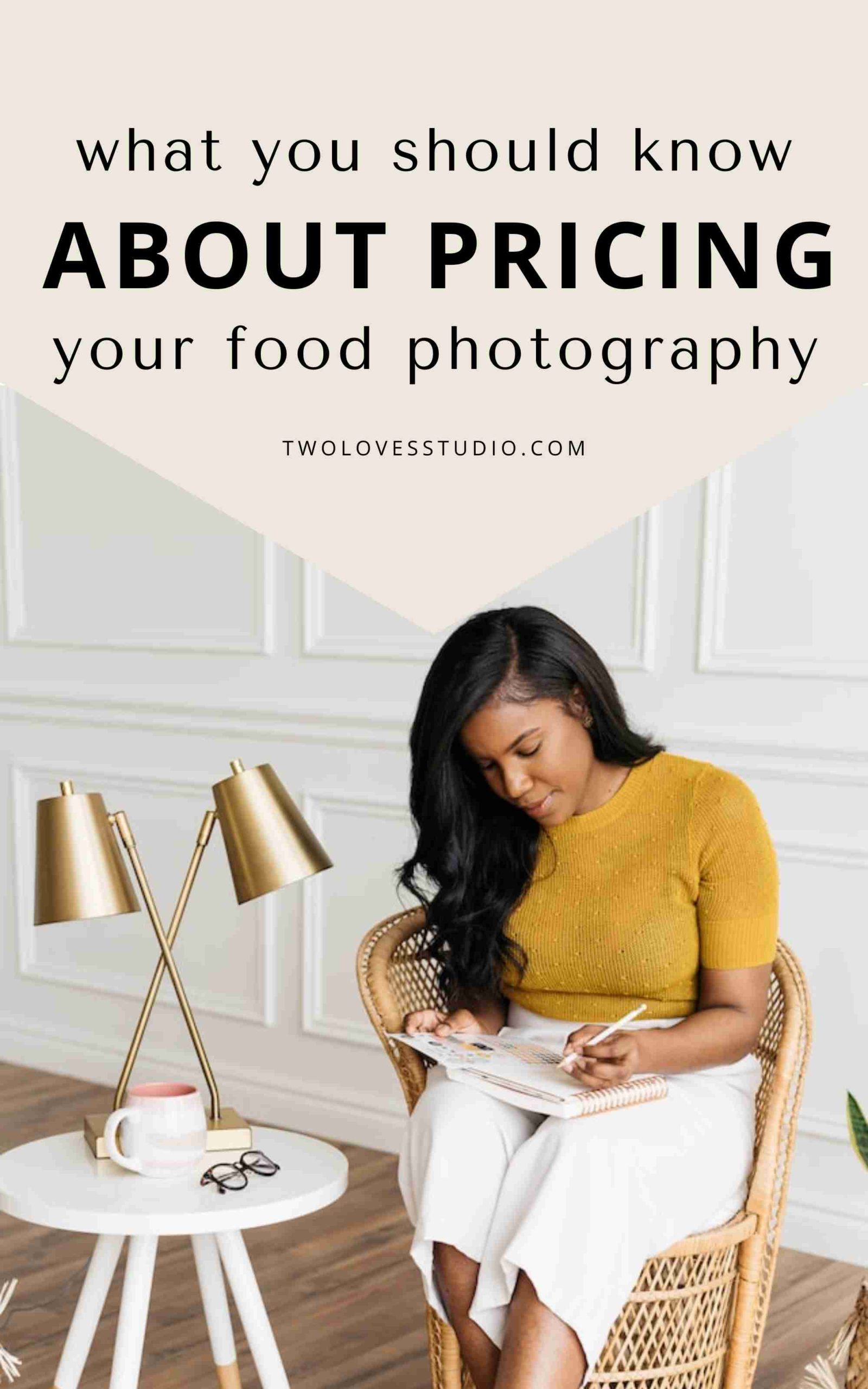
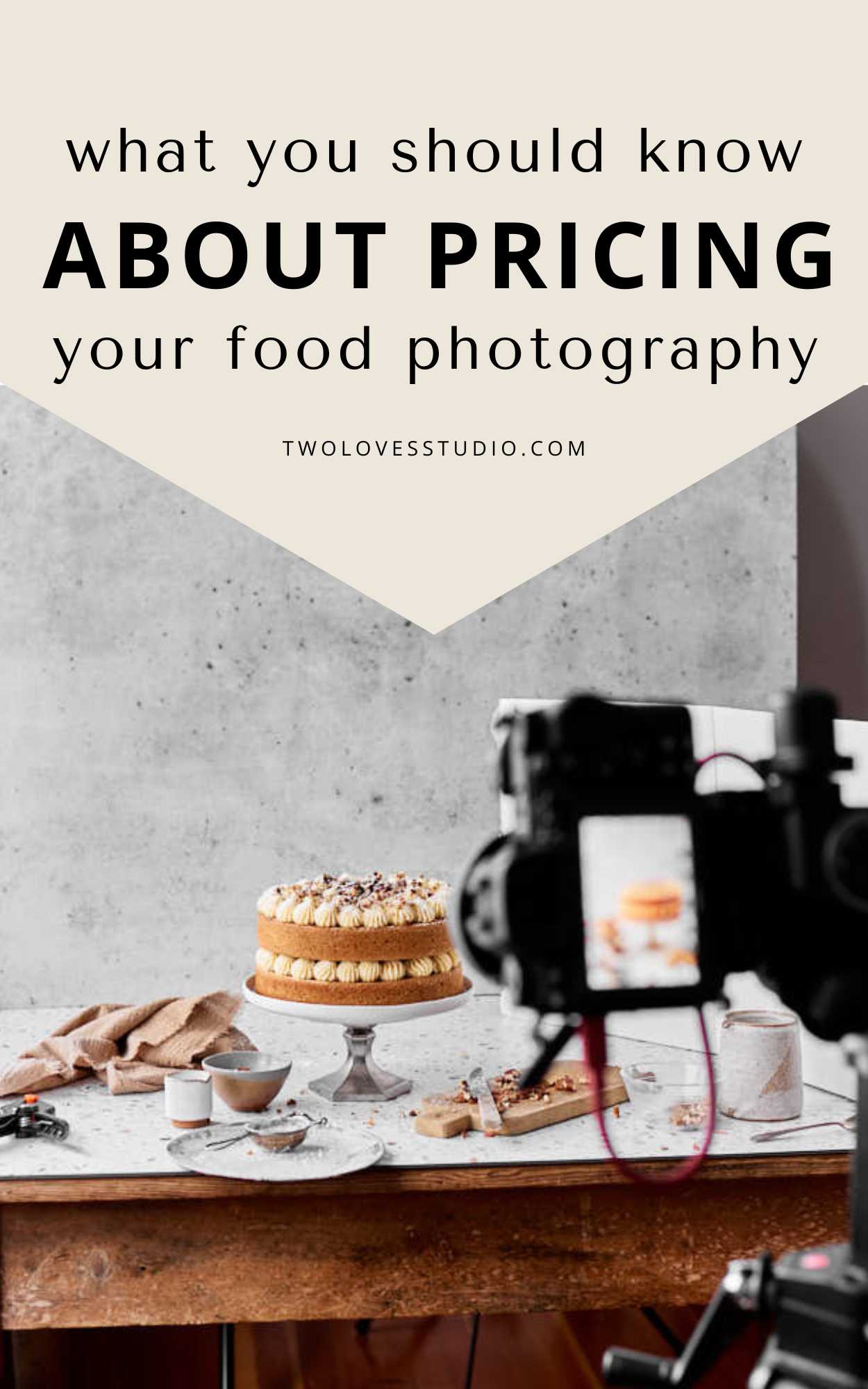
Marisa Franca @ All Our Way
Thank you so much for a wealth of information. It is difficult to say *ahem* I charge this amount for the job. We need to be confident in our ability and our worth. Love the worksheets! Can’t wait for the following posts — but I always feel that way about your posts, anyway.
Rachel
It is for sure Marisa, and it does get easier over time. Although each job will be different you will get a sense of that ‘ball park’ figure more quickly. With every job you learn something new about pricing that you implement for the next time. Even seasoned professionals tell me they experience the same thing. We’ll get more detailed in the coming posts! I can’t wait either.
Cali
This is so awesome, just getting me thinking about these questions puts me in the realm of possibility! Can you give us like a range of what low-end is and high end pricing to give a reference of what the market is- as you say- willing and able to pay? Also, I am sure as a beginner I would start out locally, but do you have the customer pay travel if they are out of your local area? You’re awesome ?
Rachel
I love the realm of possibility! Those are all great questions and something that I will be coming in the coming posts. Stay tuned.
Pang
Oh my goodness!!! I couldn’t bookmark this post (& the next 2 posts) fast enough. Thank you SO MUCH. You are so sweet for sharing the knowledge. Sending xoxo to you from SF.
Rachel
Haha, you’re just the sweetest Pang and you are welcome. It can be such a minefield so I wanted to shed some light on the things I’ve learned!
Aysegul
One of the biggest mistake that I made when I first started was to undersell myself just to get the job. In some instances it paid off, but in other it made me feel so bad. In the end, biggest lesson for me was that sometimes it is better to not get the job then get underpaid.
Your tips are definitely a good place to start. Thank you for sharing your knowledge. <3
Rachel
That is good advice Aysegul. Sometimes there will be payoffs for taking a job that doesn’t pay well if it will get you connections, experience or it is something you believe in. What isn’t good, like you said, is underselling yourself just to get the work. Ideally you shouldn’t be getting every job that comes your way, as it can mean you are pricing your services too low!
Claire @ The Simple, Sweet Life
What a great post Rachel! I can’t wait for the next two!! Maybe you’re going to address this in your upcoming posts, but do you have any advice on finding and landing clients? My food photography skills are still pretty beginner level so I don’t know that I’m ready to embark on this sort of journey just yet, but I love the idea of doing this sort of thing on a daily basis (food + photography… What’s not to love?!). That being said, I think the biggest thing that would hold me back would be just having no idea where to start!
Rachel
Hey Claire, that is something that I have been asked a lot lately. It is totally it’s own kettle of fish and I’d love to delve into that more in another series. I am still trying to figure this out also.
Shannon Deutrom
Its great to have a guide to work out exactly what I am worth as a stylist and photographer. After a long time off raising my 4 children and a change of career (I was a graphic designer pre babies ) this is what I need to focus my skills and be paid for them ! xx
Rachel
Hey Shannon, sometimes getting started is all you need! It is totally an amazing thing to get paid for the skills you love doing.
Stephanie
Wow, this is so awesome!!! You’re so awesome for sharing! Thank you so much! xO
Rachel
You’re welcome Stephanie. Hope this was able to start that conversation for you.
Des
I noticed some other commenters but I am also wondering the same thing! How do we get started. I have a food blog and feel my photography is getting up there- and would prefer to more do food photography than a blog. More profitable. I could even afford more props and such (btw I loved your article on photography tips!)
Also, what would you consider yourself based on the article linked up above? Professional? Etc? Thanks!!
Rachel
Hey Des, yes such a common question! In this series I will be focusing on food photography pricing, how to get into the business is a whole other kettle of fish! Something I would like to talk about but need to work out how to make it actionable and intentional. I’m still trying to work that out myself. Relationships and businesses take time to build.
Good question. Those terms (i.e. amateur or professional) are so subjective. Technically as I make a living from photography I can call myself a professional, but there are levels of professionalism too right. I would say currently I would consider myself a semi-pro/pro. I don’t think it matters what you consider yourself really, (labels can be limiting) but since you asked!
Kym Grimshaw
Only just caught up with this but I think it’s so wonderful you’re putting this out there to help people! I find it a bit of a taboo subject to approach any peers in food photography unless I know them really well, and I don’t know any at all well enough to probe for this kind of stuff. Maybe it’s the curse of being English! It’s hard not to feel like a deer in the headlights when you get an email asking for your ‘rates’, I mean where do you start?? So thank you. This has been such a great help and certainly got me thinking strategically about it rather than plucking figures from thin air!
Rachel
Hey Kym! Nice to see you round here. I think it’s common not to share, like somehow that will stop you from being successful and taking the work of others? Yet action will always get us where we want to be! You’ve got to start somewhere you’re right and taking a total stab in the dark isn’t super helpful. This will definitely get you on the right track and how far down it you go will be up to you. Hope you find the worksheet in Part 2 super helpful. Make sure to stop by more often. I love seeing you around here.
John Coombs
Glad I found this, was shared in a FB group yesterday and just got around to reading… I totally look forward to the next posts! I know you have heard it already, but from another, thank you for sharing this information!